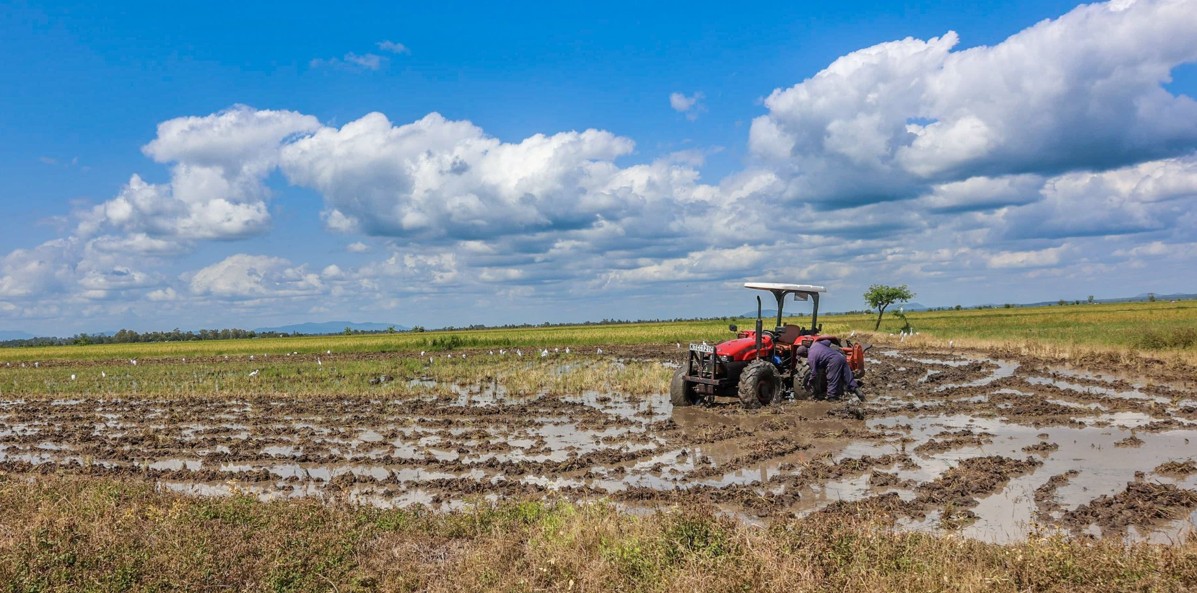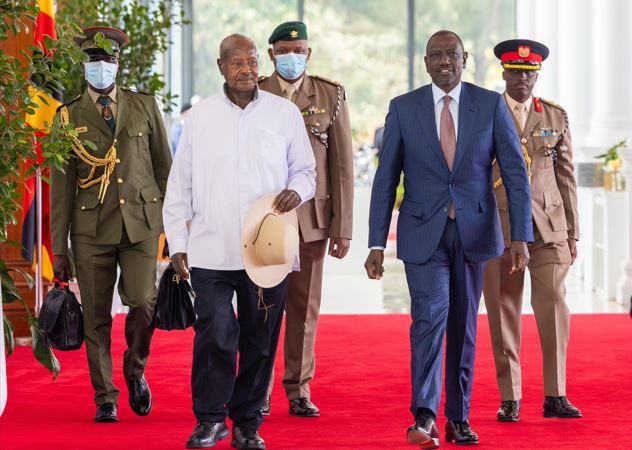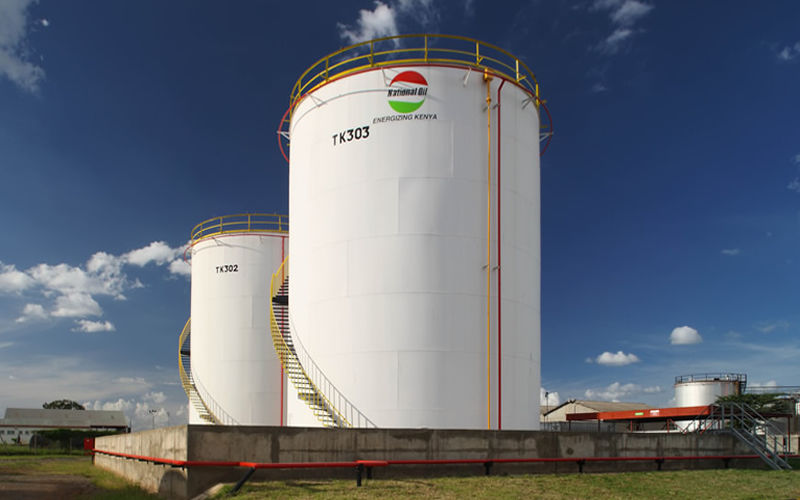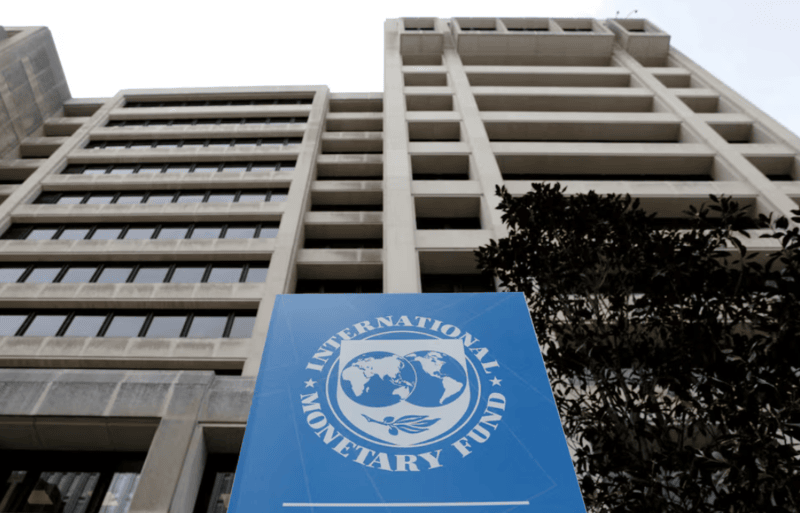Food loss in Africa threatens fight against hunger and poverty, says UN report
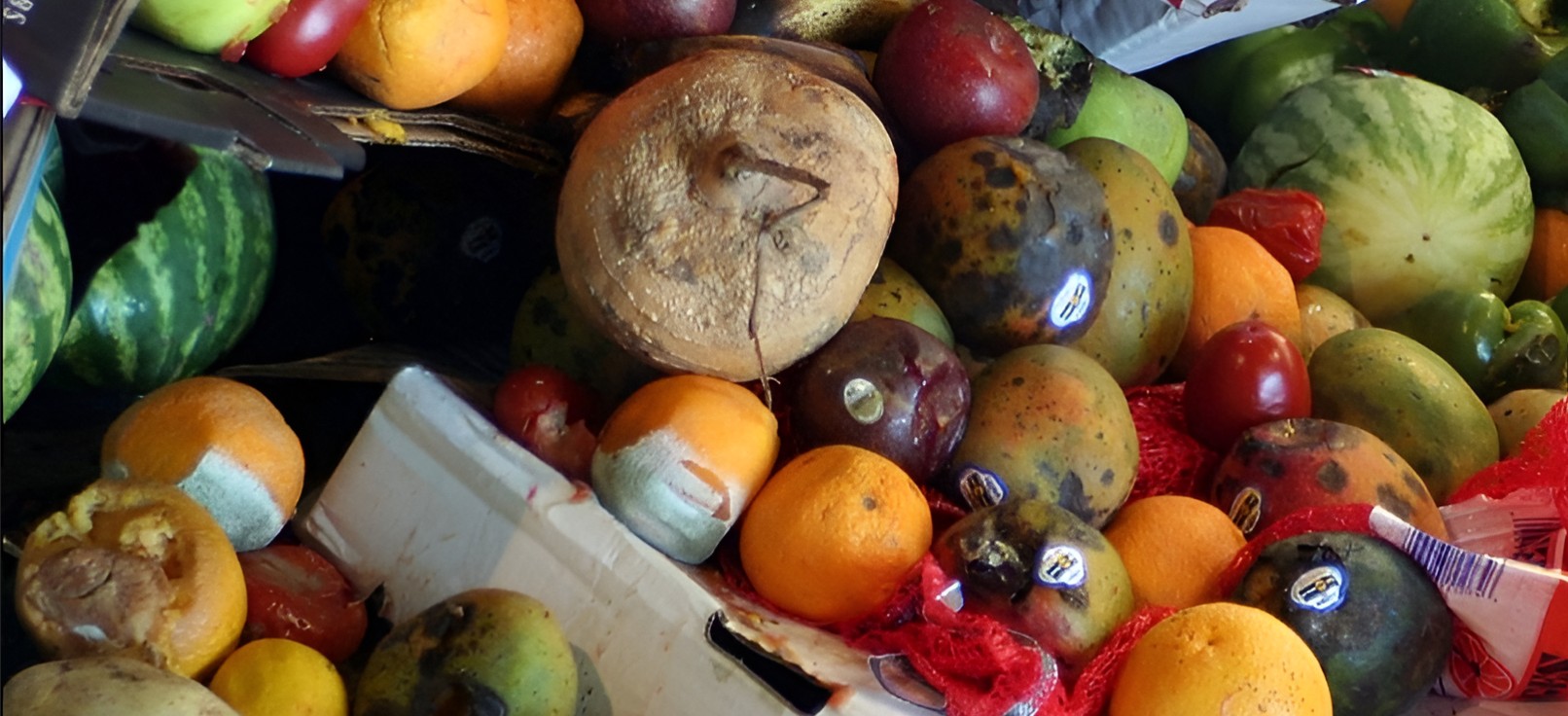
According to the United Nations Industrial Development Organisation, food losses have remained persistently high since 2016, with little to no improvement recorded worldwide.
The global food loss crisis continues to worsen, posing a serious threat to achieving the 2030 goals of eradicating hunger and poverty.
According to the United Nations Industrial Development Organisation (UNIDO), food losses have remained persistently high since 2016, with little to no improvement recorded worldwide.
“Across the globe, there is either no progress or deterioration in food loss. Almost all countries across the globe are either stagnant, deteriorating, or at worst have no data to indicate the extent of food loss,” UNIDO states in its July issue report.
The report reveals that in 2021, over 13 per cent of food produced globally was lost between harvest and retail, before it even reached consumers. On average, as much as 40 per cent of food is lost each year across the supply chain.
Worst-affected subregion
Sub-Saharan Africa has recorded the highest percentage of food loss globally, exceeding 19 per cent. Within the region, West Africa stands out as the worst-affected subregion, with food losses surpassing 23 per cent.
These findings come amid worsening hunger across the continent. A recent food security and nutrition report by the Food and Agriculture Organisation (FAO) shows that hunger levels in Africa have increased for three consecutive years, up to 2024, despite global improvements.
In 2024 alone, an estimated 306.5 million people in Africa—about 20.2 per cent of the population—faced hunger. This marks a steep rise from 267.3 million people, or 18.9 per cent of the population, in 2021—a 15 per cent increase in just three years.
FAO reports that hunger is rising in all African subregions except Eastern Africa. The sharpest increase was seen in Middle Africa, which now has the highest Prevalence of Undernourishment (PoU) on both the continent and globally, at 30.2 per cent in 2024.
Northern Africa has also seen a significant surge, with PoU increasing from 7.8 per cent in 2022 to 10.7 per cent in 2024.
Need for systemic reforms
UNIDO’s findings highlight the urgent need for systemic reforms across agricultural supply chains to reduce inefficiencies and curb the massive levels of food waste that continue to undermine global efforts to combat hunger and poverty.
Beyond food loss at early stages of the supply chain, the United Nations also warns of enormous food waste from the retail level to final consumption.
In 2022, approximately 1.05 billion tonnes of food were wasted globally across the retail, food service, and household sectors. This amounts to 132 kilograms of food wasted per person annually, of which 79 kilograms were wasted at the household level.
Postharvest loss
The economic toll of postharvest loss and food waste is staggering.
UN estimates place the cost of postharvest losses at over $1 trillion per year, while FAO puts the broader economic impact of food waste at between $750 billion and $940 billion annually.
The environmental impact is equally severe. Agriculture currently uses 50 per cent of the world’s habitable land, consumes 70 per cent of global freshwater, and contributes more than 26 per cent of greenhouse gas emissions.
“Lost and wasted food represents a significant share of resources, accounting for 24 per cent of total freshwater use, 23 per cent of global cropland area, and 23 per cent of global fertiliser consumption,” the report states.
It also notes that food that never reaches consumers occupies about 1.4 billion hectares of land—nearly 30 per cent of the world’s agricultural land.
“When food is lost and wasted, the resources used to produce it go to waste as well. This means that the enormous resources used in agricultural production grow food for the landfill,” the report adds.
Top Stories Today
Reader Comments
Trending

